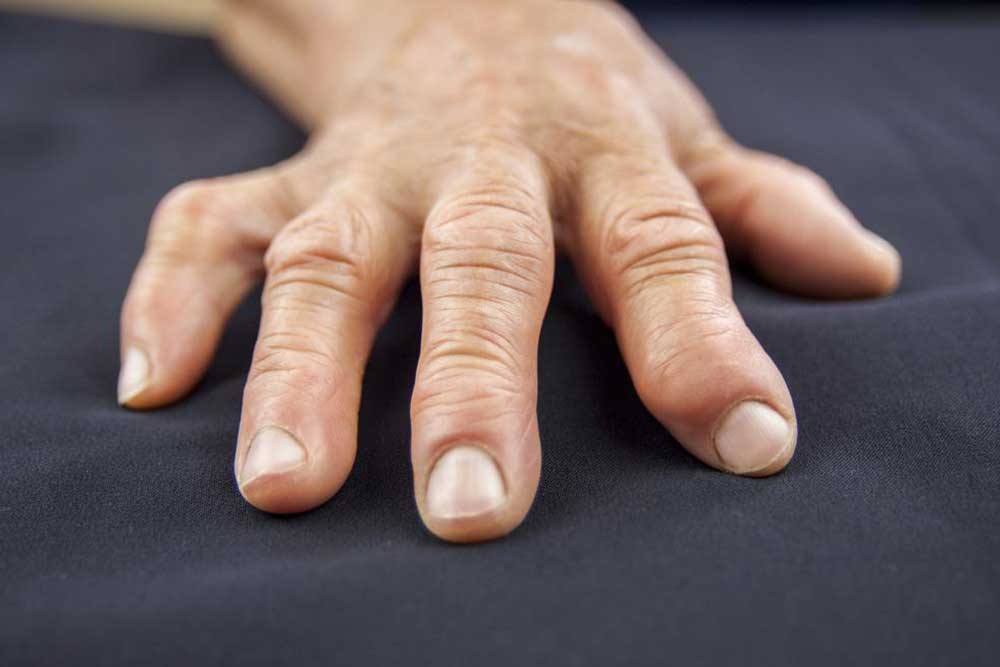Understanding Brain Swelling and Its Treatment Approaches
This article discusses cerebral edema, its causes, symptoms, and various treatment strategies including osmotherapy, medication, hyperventilation, and surgical interventions. Prompt management of brain swelling is vital to prevent serious complications and ensure patient recovery.

Understanding Brain Swelling and Its Treatment Approaches
Brain swelling, known scientifically as cerebral edema, occurs when there is an abnormal accumulation of water within the brain tissue, exceeding the normal water content of approximately 80%. This condition often results from primary brain injuries or insults. Common causes include traumatic brain injury, stroke, infections, tumors, and hemorrhages. Recognizing and managing cerebral edema promptly is crucial due to its potential to increase intracranial pressure and impair brain function.
Medical Interventions
Osmotic Therapy: The primary and rapid method to reduce brain volume involves osmotherapy. This approach uses osmotic agents like Mannitol to draw water out of brain tissues, thereby decreasing intracranial pressure and improving cerebral blood flow. Glycerol, administered as a saline solution, is another option used to promote fluid removal.
Complementary treatments include diuretics such as Furosemide, which prolong the effects of osmotic therapy by increasing fluid excretion. Corticosteroids like Dexamethasone are effective, especially for vasogenic edema linked to tumors, reducing intracranial pressure by stabilizing blood vessels. Controlled hyperventilation can temporarily lower ICP by altering cerebral blood flow, but its effects are short-term. In severe or life-threatening cases, surgical options like craniectomy or ventriculostomy may be necessary to relieve pressure or drain excess fluid. For hydrocephalus, ventriculoperitoneal (VP) shunting is often implemented to manage fluid buildup.
Important Notice:
The information provided in this article is for educational purposes only and should not replace professional medical advice. Always consult licensed healthcare providers for diagnosis and treatment options tailored to individual conditions.









